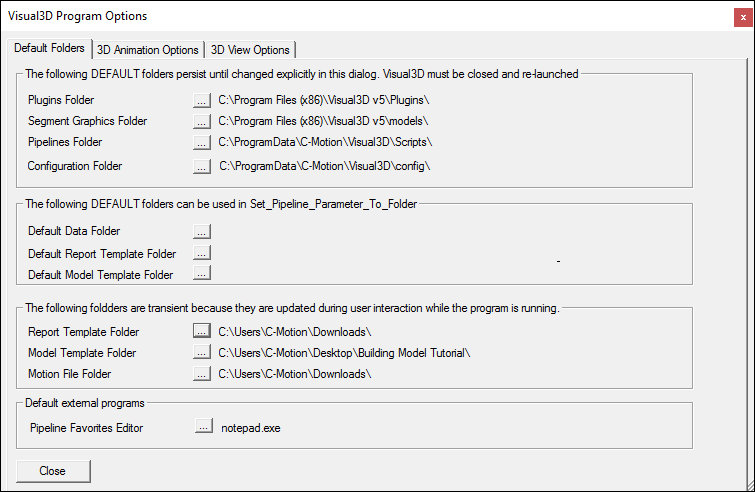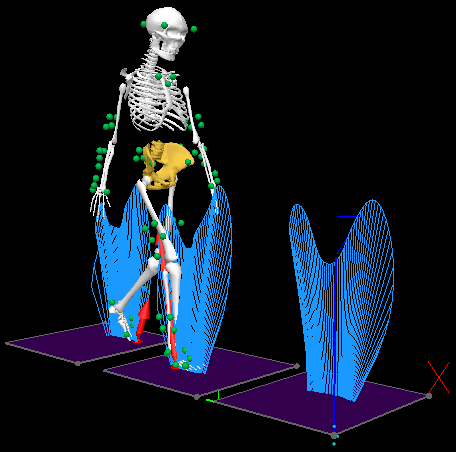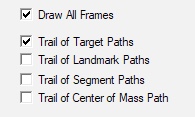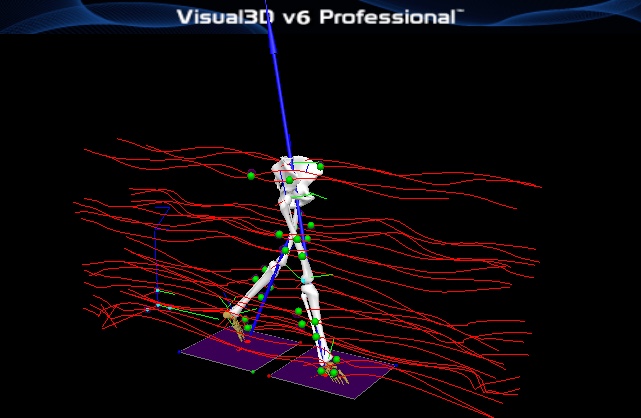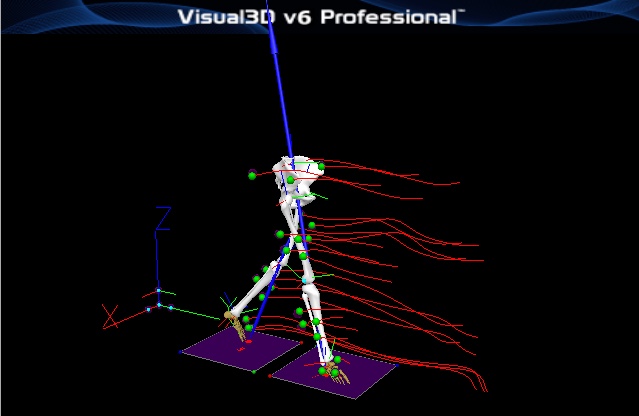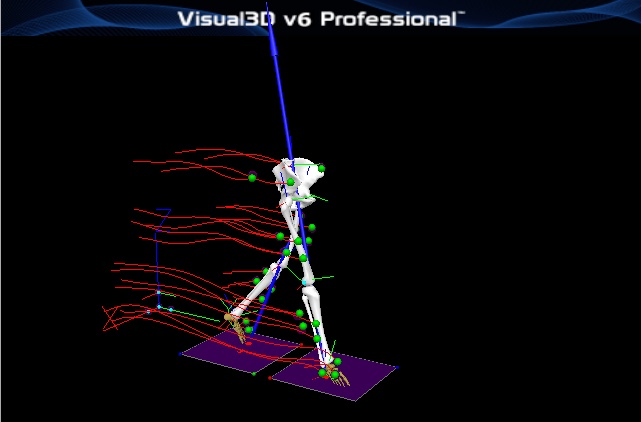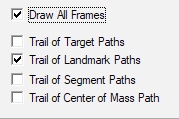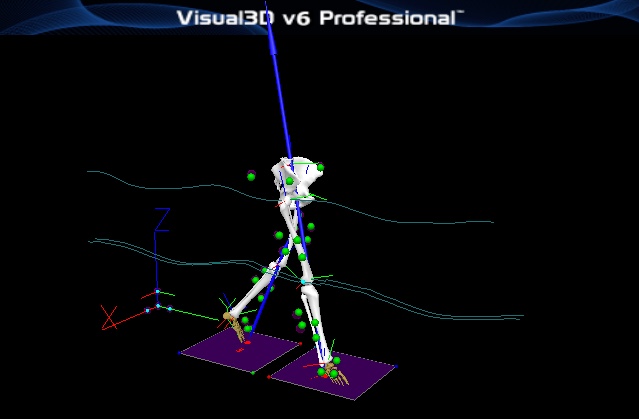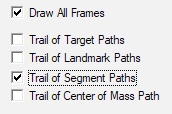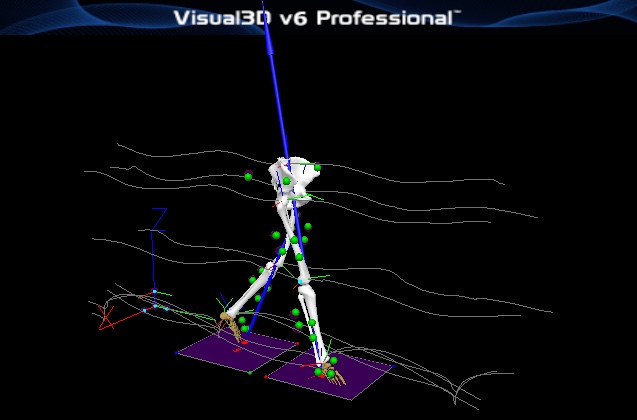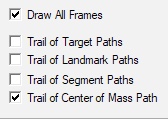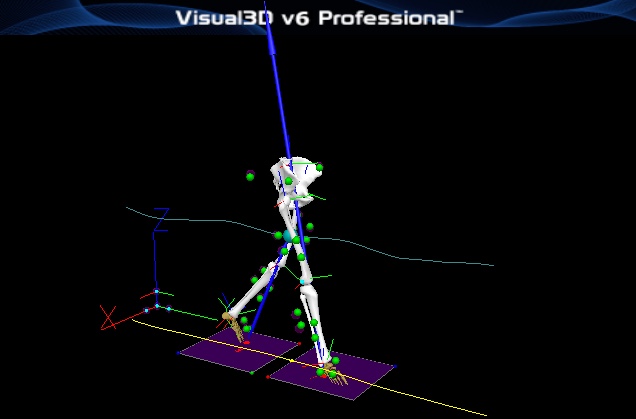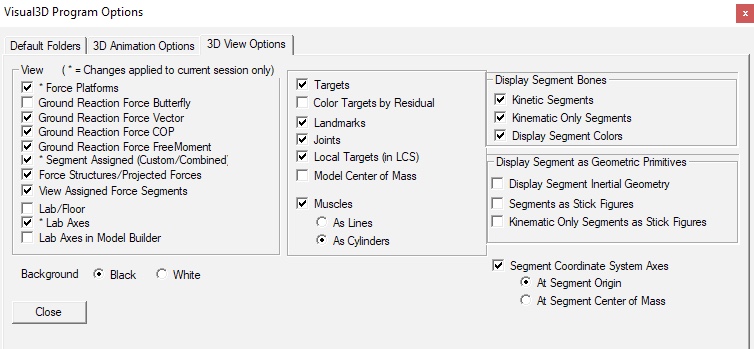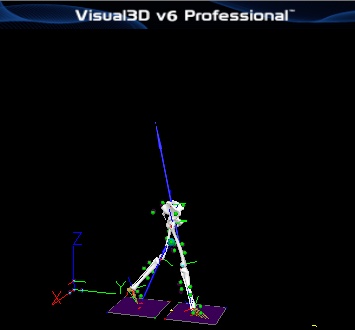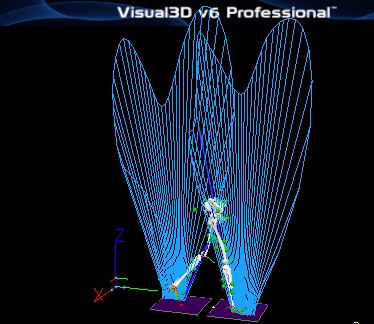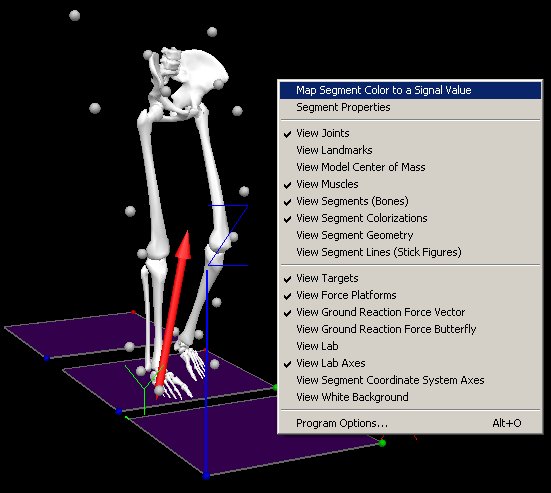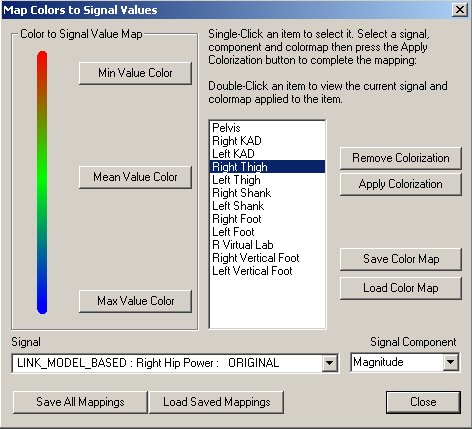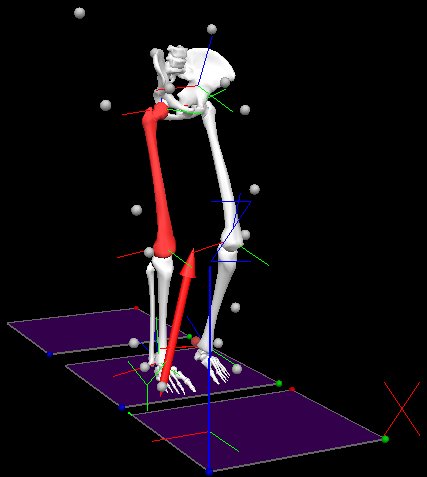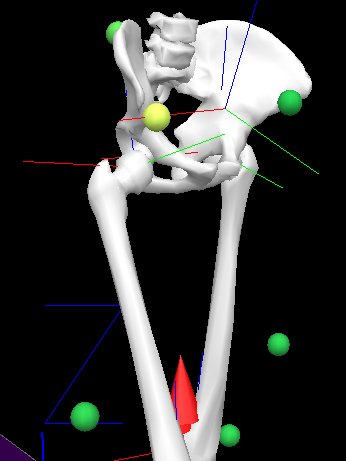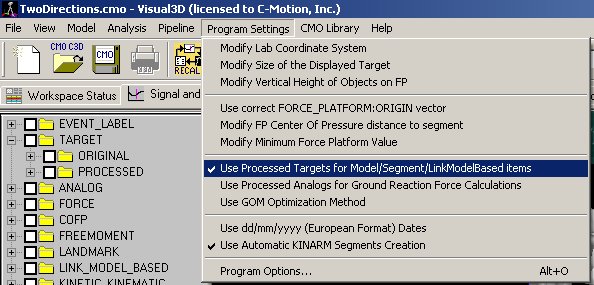Table of Contents
Program Options
There are many options for controlling the default settings for Visual3D and for controlling the viewing options. The Program Options dialog can be accessed from the Edit Menu item and contains 3 tabbed property pages: Default Folders, 3D Animation Options, and 3D View Options.
Default Folders
Visual3D has 3 categories of folders.
- Folders that are identified when Visual3D is launched, and which are rarely modified.
- Default folders that are convenient for may pipelines that specify generic folders
- Folders that change dynamically as the pipeline executes.
| Persistent Default Folders | |
|---|---|
| Plugin Folder | Visual3D searches this folder for Visual3D Plugins. These plugins may be processing plugins that will appear in the list of Pipeline commands, or they may be Real_Time plugins that will appear in the options for Real-Time Streaming. |
| Segment Graphics Folder | The animation models associated with the model segments are stored in. If no path to an object file is selected in the Segment Properties dialog, Visual3D searches hear for the file. |
| Pipelines Folder | Default folder for Pipelines. Used mainly for the Pipeline Favorites. Can be referred to as VISUAL3D_DEFAULT_PIPELINE_FOLDER. |
| Pipeline-related Default Folders | |
| Default Data Folder | Can be referred to as VISUAL3D_DEFAULT_FOLDER or VISUAL3D_DEFAULT_DATA_FOLDER. |
| Default Report Template Folder | Current default FOLDER for the report template. Can be referred to as VISUAL3D_DEFAULT_REPORT_FOLDER. |
| Default Model Template Folder | Current default FOLDER for the standing trial. Can be referred to as VISUAL3D_DEFAULT_MODEL_FOLDER. |
| User-interaction Folders | |
| Motion File Folder | Current FOLDER for the motion trial. Reset every time a movement file is opened. |
| Report Template Folder | Current FOLDER for the report template. Reset every time a Report Template is opened. |
| Model Template Folder | Current default FOLDER for the standing trial. Reset every time a Hybrid Model is created. |
Default folder paths can be set using the Set_Default_Folders pipeline command.
Setting Pipeline Parameters
These default folder paths can also be used in pipeline scripts as parameters.
Set_Pipeline_Parameter_To_Folder_Path /PARAMETER_NAME=DATA_FOLDER /PARAMETER_VALUE=VISUAL3D_DEFAULT_FOLDER ; Set_Pipeline_Parameter_To_Folder_Path /PARAMETER_NAME=MODEL_FOLDER /PARAMETER_VALUE=VISUAL3D_DEFAULT_MODEL_FOLDER ;
To use these parameter in a command:
!Open all of the c3d files in a folder within the default folder File_Open /File_Name= ::DATA_FOLDER&/SUBJECT1/*walk*.c3d ; ! Create a hybrid model and assign a model template from the default model folder Create_Hybrid_Model /CALIBRATION_FILE=::DATA_FOLDER&/SUBJECT1/*static.c3d ; Apply_Model_Template /MODEL_TEMPLATE=::MODEL_FOLDER&GaitModel.mdh /CALIBRATION_FILE=::DATA_FOLDER&/SUBJECT1/*static.c3d ;
3D Animation Options
The Visual3D animation display, pictured below, allows you to visualize the movement of target markers, model segments (if defined), and other time-dependent phenomena such as ground reaction force (GRF) measured by force platforms.
Visual3D’s extensive animation capabilities allow you to choose which of many elements are included in the display. The illustration shows a typical combination: global coordinate system (GCS) axes, force platforms, instantaneous GRF vector and butterfly showing how the GRF evolves through time, target markers, and the instantaneous pose of the model (represented in this case by the major bone structures corresponding to each of the modeled body segments). You can interact with the animation display to zoom, pan, and rotate it to any perspective you choose. Note that the skeleton (representing the model) is the only part of the animation display pictured above, which will not appear if you have not yet associated the movement trial with a model. If all you do is open one movement trial, you can watch the markers move through space, observe their relationship to the position of any force platforms and the GRF they measure. This alone is a very useful tool for data quality control—if the animation doesn’t look right, your motion-capture data may be invalid.
The 3D Animation Viewer is based on the OpenGL Graphics Library and its settings can be modified in the 3D Animation Options tab.
Define the sensitivity of the mouse; e.g. the responsiveness of the mouse in the 3D viewer.
The trail of markers, landmarks, or segments (including the length of the trail in frames) can be set explicitly.
3D View Options
This property pages contains a number of toggle settings for different view options in the animation window.
Segment Colorization
It is possible to color a segment model or a muscle object based on a signal value.
Target Colorization
The motion capture markers are colored based on the TARGET residual value.


